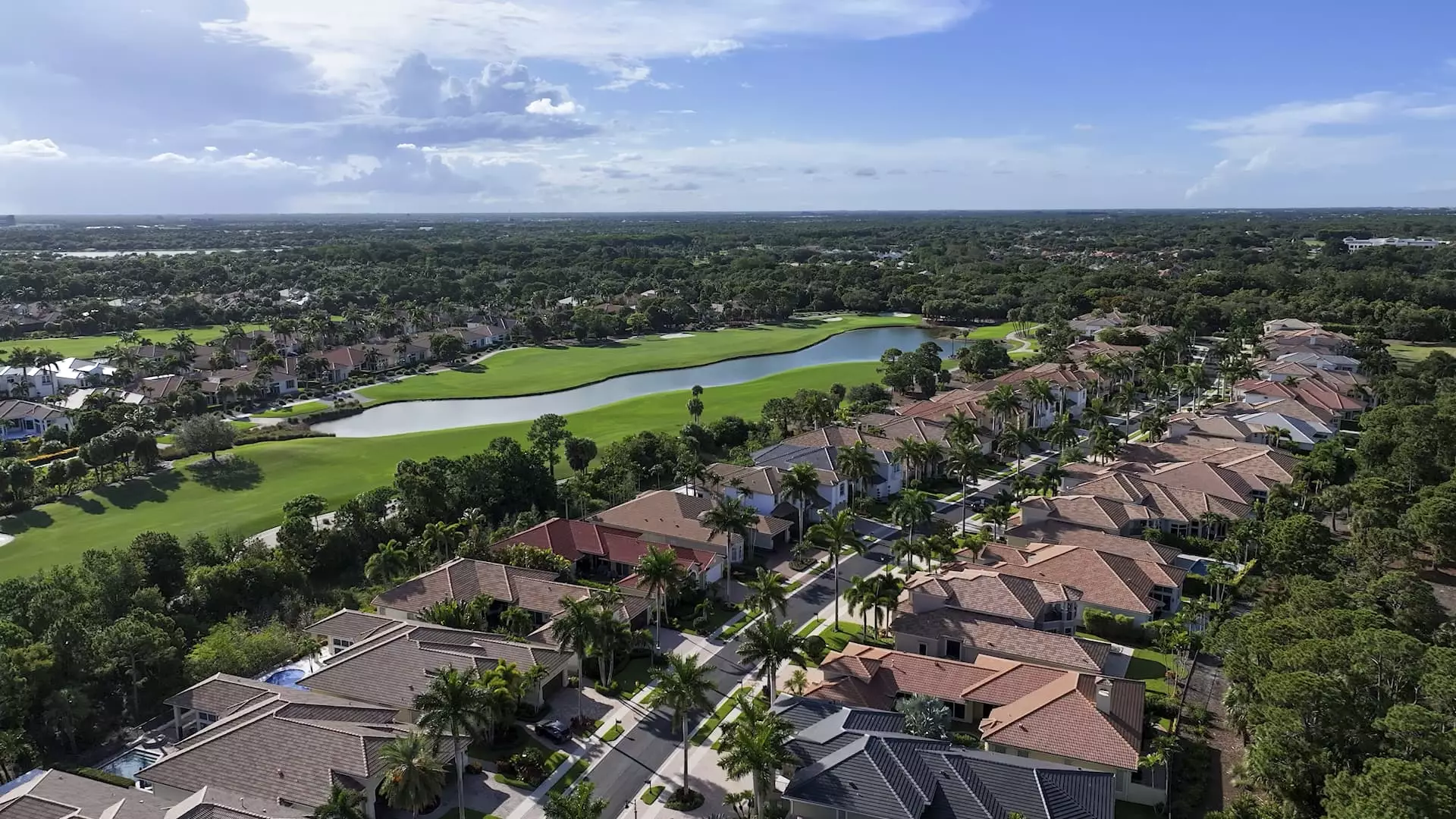Gated communities often present themselves as idyllic enclaves where safety and exclusivity reign supreme. Yet, beneath the veneer of tranquility lies a complex web of social exclusivity and economic barriers that subtly reinforce societal divides. These enclaves are marketed as havens for peace, but they often perpetuate a narrative rooted in fear — a fear that fuels exclusion, not inclusion. As a society, we must question whether the desire for secure living is justified or if it’s simply a guise for reinforcing class distinctions and social segregation. High walls, guarded gates, and private amenities serve as physical manifestations of exclusionary politics, creating invisible barriers that fragment communities and widen inequality.
The Economics of Gated Living: Who Really Benefits?
While gated communities tout their amenities and perceived safety, they come at a steep financial premium. Homebuyers in these enclaves pay between 5% and 20% more than comparable properties outside the gates, often accompanied by hefty HOA fees – sometimes reaching thousands of dollars quarterly. These added costs elevate housing prices beyond the reach of many middle-income families, effectively turning these communities into spaces for the affluent. This economic stratification is further reinforced by the promise of higher property appreciation rates, making gated communities a lucrative investment for some but an insurmountable barrier for others. This economic dynamic is troubling, as it elevates exclusivity over community inclusiveness, aligning property value with social capital rather than genuine security or community well-being.
The Pragmatic Illusion of Security
Contrary to popular belief, security is not the primary driver for many residents choosing gated communities in the United States. Unlike regions with higher rates of violent crime, American gated communities often offer controlled access rather than true protection from danger. The gates serve as a symbol of control rather than a necessity, reflecting societal fears more than actual threats. These symbolic protections contribute to a lifestyle marketed as elite and secure, but they do little to address broader social issues like inequality, racial divides, or urban violence. The emphasis on gated living as a status symbol elevates superficial safety over meaningful social integration, fostering insularity rather than resilience.
Are Gated Communities Sustainable or Self-Destructive?
By fostering separation rather than community, gated enclaves risk alienating themselves from the broader societal fabric. They create micro-ecosystems that are insulated from local concerns, urban challenges, and social diversity. Instead of contributing to a collective sense of security and cohesion, they deepen societal divides, making overall communities less resilient to social and economic upheavals. As urban areas become more polarized, gated communities symbolize a retreat into privatized comfort, but at what societal cost? If the goal is a cohesive, inclusive society that addresses root causes of insecurity and inequality, then reliance on gated enclaves is a misguided, ultimately self-defeating strategy.

